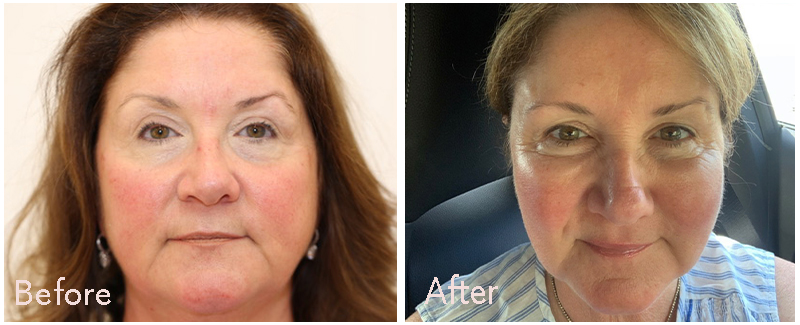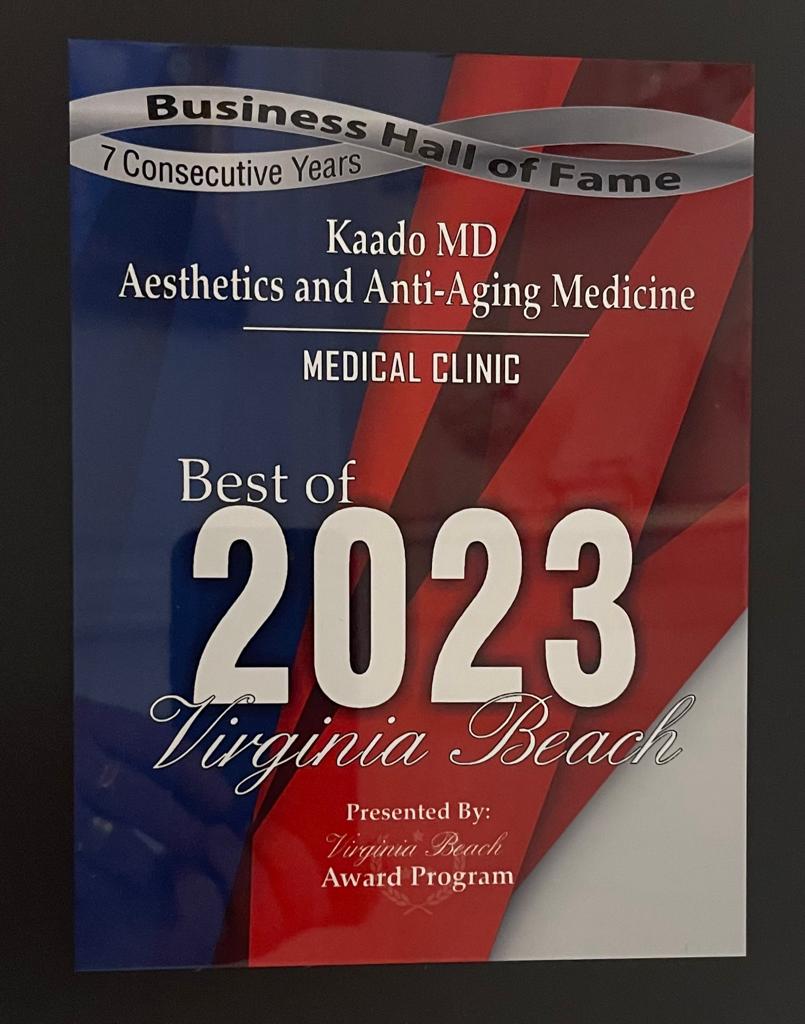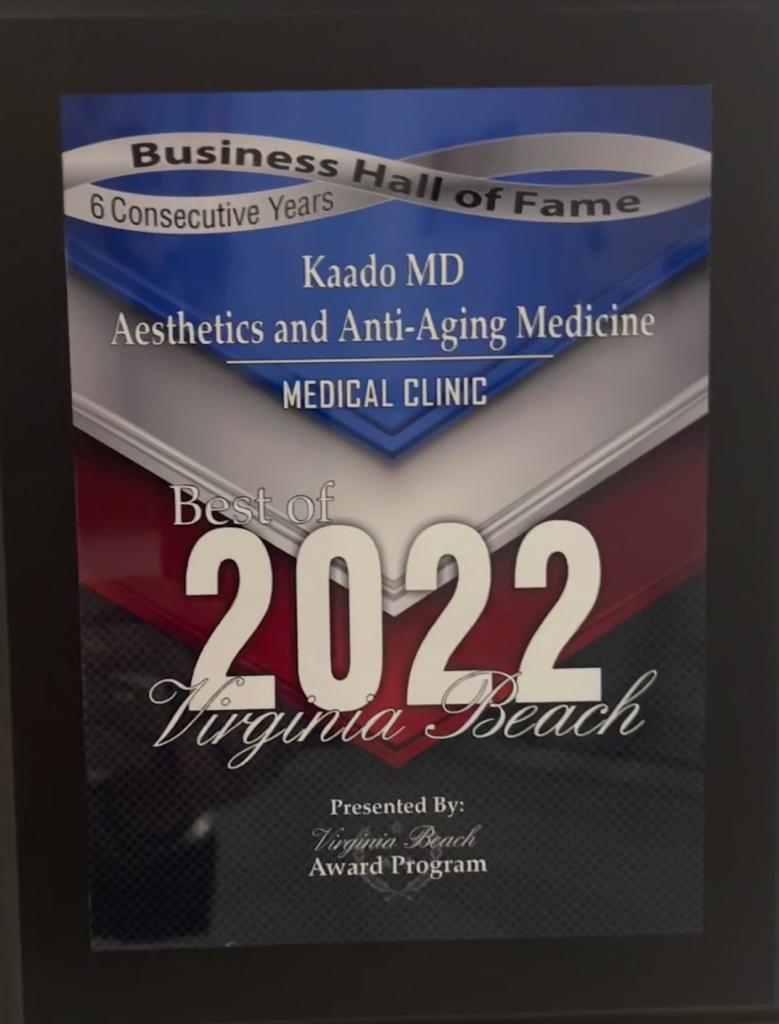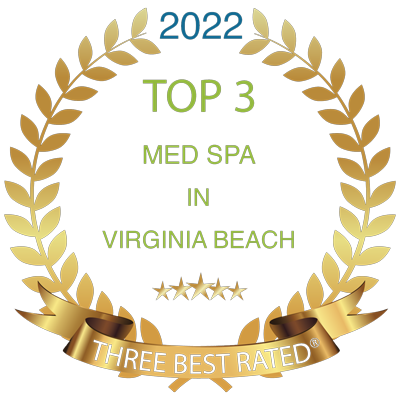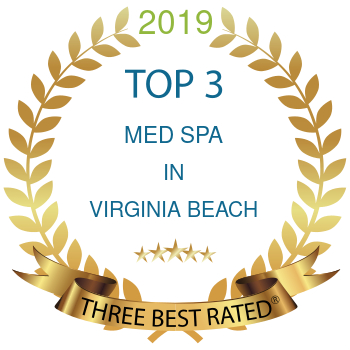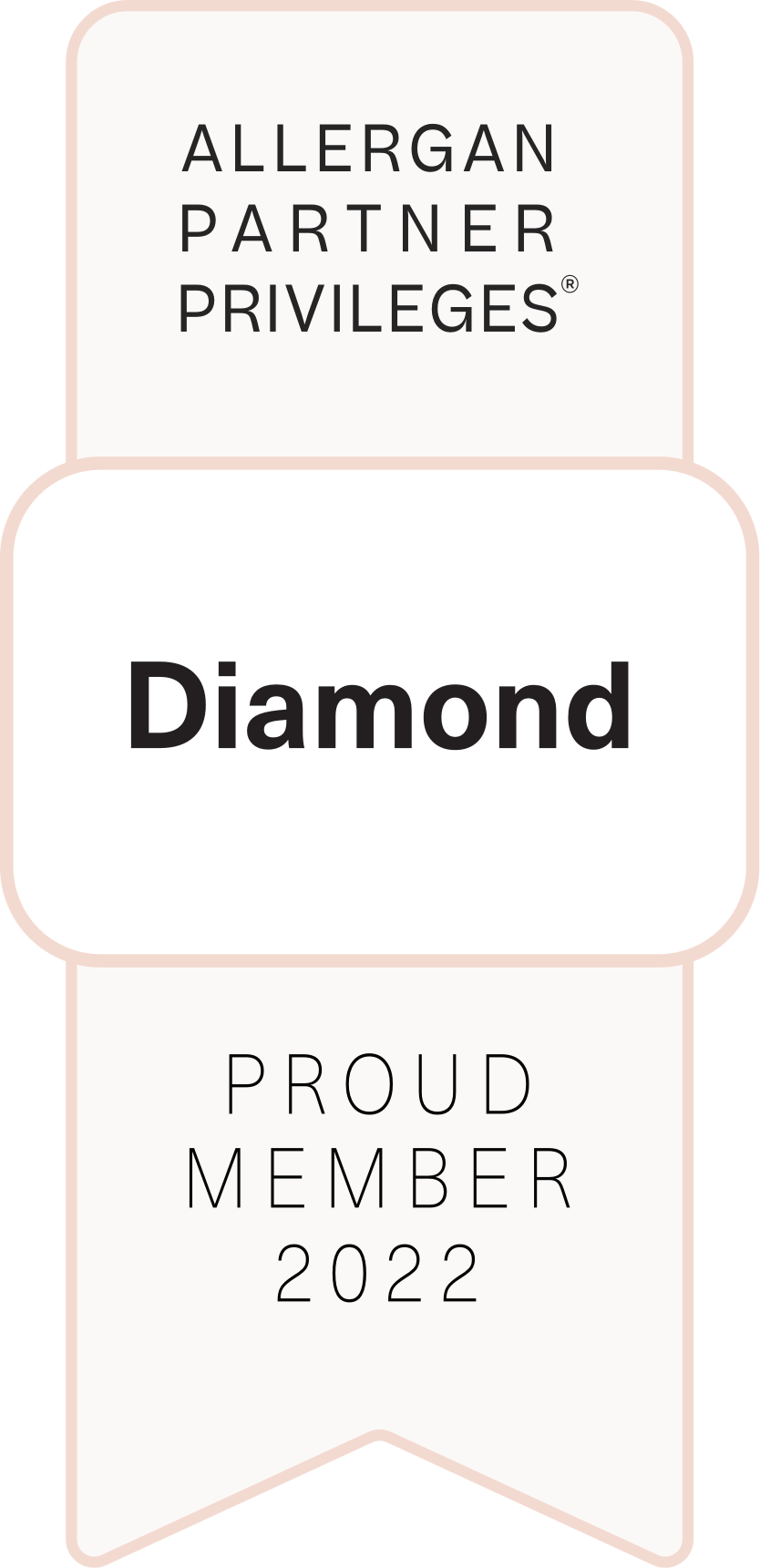IPL
IPL, or “intense pulsed light” harnesses the power of light to treat a wide range of skin flaws and conditions. The procedure is painless, non-invasive, and produces stellar results.
For a dramatic improvement in your skin quality, discover IPL PhotoFacial technology at our luxury clinic, where art and anti-aging technology meet.
This advance in aesthetics has become a favored treatment for skin rejuvenation and is safe and highly effective. Also called photo rejuvenation, the procedure has many anti-aging benefits, including:
- Safe, in-office procedure
- Painless
- No downtime
- Removes red and brown spots
- Treats age spots on either the face or body including hands and chest
- Birthmarks including port wine stains
- Poikiloderma, which is a reddish skin tone that usually occurs on the chest and/or neck.
- Burn erythema, which is when blood vessels stay wide open after a mild burn to the skin, causing a reddish skin tone similar to a sunburn.
- Spider veins and broken capillaries.
- Reduces the appearance of visible scars
- Improves skin texture
- Rosacea — while IPL isn’t a cure for rosacea, it can help reduce its appearance, especially in the cheeks, forehead, and chin
- Reduces pore size
- Reduces the appearance of fine lines and wrinkles
- Improves skin texture
- Smooths skin
- Triggers natural collagen production for firmer, healthier skin
- Treats rosacea and spider veins for even skin tone
- Fights acne breakouts
- Treats bruising
IPL PhotoFacial: The Experience
This highly-effective, painless treatment is easy to experience. You will lie back in comfort while the FDA-approved treatment device focuses light energy on the targeted areas of your skin, including:
- Arms
- Cheeks
- Chest
- Hands
- Neck
- Face
You will be wearing a protective mask during treatment, and topical gels are often used to keep the skin cooler. No anesthesia is required, and an IPL treatment takes about 30 minutes to complete.
Schedule a Consultation
The Healing Power of Light
IPL treatments use the healing power of light and is not a laser treatment. Specific light waves have been found to trigger the healing properties within the skin. The sensation feels slightly uncomfortable, but not exceptionally difficult to experience.
After treatment, you will need to stay away from the sun while your skin rests and heals. You will also need to avoid hot water, soaking in a tub or pool, or steamy showers for several days after treatment.
How does a PhotoFacial treatment work?
PhotoFacial treatment works by the application of gently-pulsed, intense light (IPL) on the surface of the skin. The heat and energy that the light creates is absorbed by abnormal blood vessels that cause redness as well as by the pigmentation in damaged skin cells. As it absorbs the light and energy, collagen production is stimulated, and the skin begins a natural healing process that reduces problems like sun damage, mild scarring, and age spots while it restores a healthy and youthful tone to your skin.
How does IPL work on pigmentation?
Laser energy produces a specific wavelength which is absorbed by the brown spot (pigmentation) with abnormal concentrations of melanin. As the pigmentation absorbs more laser energy, the brown spot will reach a point where it cannot absorb any more light, will self-destruct, reducing the concentration of melanin in that area. The end result is that the pigmented spot will at least look lighter.
Is PhotoFacial treatment Safe?
PhotoFacial is a non-invasive, treatment utilizing advanced light therapy technology. Unlike some laser and facial peel treatments, which are more aggressive and may burn the surface layer of skin, PhotoFacial relies on the energy and heat of the light therapy to penetrate the surface of the skin, destroying unwanted pigmented lesions and visible capillaries while stimulating the body’s natural healing process thereby reversing skin damage and discoloration from within.
There is little or no risk of serious complications from PhotoFacial treatment. In very rare cases, some may experience temporary bruising, swelling, and/or blistering. The most common side effects experienced by our clients are temporary redness and darkening of the pigmentation in treated areas. Patients should limit sun and UV exposure for several weeks before and after treatments in order to reduce their risk of complications and ensure the best possible results.
Who is a good candidate for PhotoFacial treatment?
PhotoFacial is an ideal option for those who want a non-invasive, gentle, and easy way to erase freckles, age spots, redness, sun damage, and the appearance of visible capillaries and mild scarring.
As a non-invasive procedure, IPL PhotoFacials are available to a wide range of people. Not only is the procedure itself gentle, it’s quick and requires no downtime, making it perfect for people with busy schedules. This procedure is a great option for anyone with blotchy, sun damaged, or discolored skin. It produces improvement in the appearance of enlarged pores or wrinkles. The ideal candidate for IPL PhotoFacial treatments has light-toned, untanned skin that still has some elasticity to it.
Who is not a good candidate for an IPL PhotoFacial treatment?
Unfortunately, IPL PhotoFacial treatments aren’t for everyone. In particular, people with tanned or naturally dark skin can sometimes experience permanent skin coloration changes after an IPL treatment, in the form of hyper- or hypo-pigmentation. The light can’t tell the difference between natural, wanted skin pigmentation, and ugly, unwanted discolorations, and thus destroys them both equally.
This is why people with darker skin tones, or even those with an olive skin tone, should definitely discuss possible side effects before beginning treatment. If you’ve recently gotten a tan, you may need to wait until your tan fades before proceeding with treatment.
Another factor that might make you a poor candidate for this procedure is the medication Accutane. Most often used to treat severe acne, Accutane has some side effects than can affect the condition of your skin, including making it especially sensitive to light. For this reason, you shouldn’t undergo any IPL PhotoFacial treatments for at least 6 months after you stop taking the drug.
There are also a number of medical considerations that might make you a poor candidate for IPL PhotoFacials. These can include the following:
- Lupus
- A history of keloid scars forming (thick, raised scars)
- A tendency for your skin to darken as it heals
- Porphyria, which is a blood disorder that makes people sensitive to light
- Any condition that results in extreme sensitivity or allergy to light.
- Pregnant women should also wait to have the treatment done until after they have given birth.
What to Expect in Recovery from an IPL PhotoFacial
One of the most appealing advantages to the IPL PhotoFacial procedure is that there is virtually no downtime. Your skin might look and feel as though it were a little sunburned for a day or so, but there’s nothing preventing you from going right back to most of your normal activities.
Most patients don’t really see any side effects at all within the first day or two after the procedure, but don’t be alarmed if you start to see some puffiness around the eyes, or “chipmunk-like” swelling in the cheeks. This is to be expected. A couple of easy ways to help minimize any potential swelling are to simply sleep with your head elevated for the first night and use an ice pack or cold compress for 15 minutes on and off for a few hours after you leave the clinic.

Side Effects
Other rare but known side effects you might see include mild blistering or bruising that can last for a few hours, and up to 2 weeks. For some patients, depending on what skin issues led them to an IPL PhotoFacial treatment, the treated areas might also start to form a crust or light scabbing. After a couple days, you may also notice small pigmented spots appear. This is known informally as “coffee grounds,” and is basically pigment rising to the surface of your skin. This response is normal and expected and will depend on both the sensitivity of your skin, and the severity of the problem that is being treated.
If you start to notice flakes or coffee grounds forming, leave them be. Avoid picking at them. In fact, you can probably expect to see any targeted areas of darkened skin start to crust, turn black, and peel off in this fashion. Again, this is normal and should go away within 7 to 10 days. Picking at this crust can cause more problems, and result in further skin discolorations, and in the most severe cases, scarring.
You can also expect your skin to be more sensitive than usual following an IPL PhotoFacial. This means you’ll need to take special care to protect yourself whenever you need to go out. Wide-brimmed hats and loose-fitting clothing that comfortably shield the treated areas from harmful sun damage are a must. And be sure to apply and reapply a sunscreen with an SPF of 30 or better for at least the first 2 or 3 days after your treatment.
Many patient’s skin sensitivity returns to normal only after a few short days, but other patients can continue to be extra sensitive for a few weeks. Keep that in mind when planning any outings in the days and weeks after your treatment.

Contact
Schedule a consultation with us, and discover a clinic where achieving true beauty defines how we perform every treatment.
© Kaado MD. All Rights Reserved. Web Design & Internet Marketing by Studio III | Privacy Policy
* $75 consultation fees for butt augmentation.
If patient decides to go ahead with the treatment, that $75 will be credited towards the procedure. The $75 consultation fee is non-refundable.



